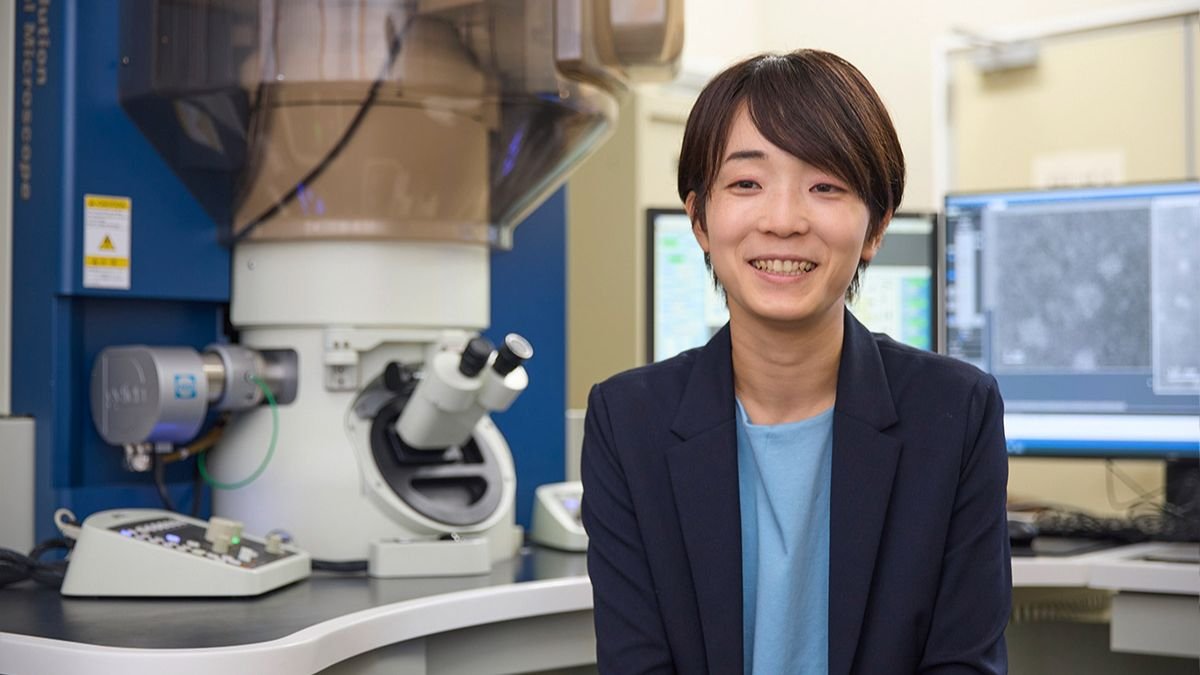Every day, the world of science sees the emergence of new fields that challenge our thinking. Nanomedicine is one such field a discipline that combines medicine and nanotechnology to revolutionize disease treatment at the microscopic level.
Today, we’ll take a glimpse into a day in the life of Dr. Aya Tanaka, a leading researcher at a prominent research institute in Tokyo—learning how she is shaping the future of medicine through nanomedicine
Morning Begins: A Routine Filled with Discipline and Mindfulness
Dr. Aya’s day begins around 6:00 AM. Even in a fast-paced city like Tokyo, she starts her day peacefully with meditation and light exercise For her, science isn’t limited to the laboratory it’s a way of life. She says:
“As a researcher, my mind is always active. That’s why it’s important to start the day with mental peace.”
She often spends her mornings thinking about new research ideas, reviewing data from the previous night, and reading international scientific journals.
Breakfast and Commute: Amidst the Energy of Tokyo
- Around 7:30 AM, she leaves her apartment. On the way, she picks up a green tea latte and a sandwich from a coffee shop.
- Tokyo’s trains are punctual, and during her commute, Aya reads research papers or reviews new technical reports on her laptop or tablet.
- Traveling on the train is like a ‘mini-office’ for me,” she says with a smile.
The Laboratory Day: Unlocking the Secrets of Treatment Hidden in Microscopic Particles
From 9 AM onwards, her real work begins—in the Nanomedicine Laboratory.
Dozens of scientists work here, and the air is filled with the low hum of machines, the coolness of liquid nitrogen, and the glow of computer screens. Dr. Aya’s current research focuses on nanoparticles that target cancer cells. These are particles so tiny that they can only be seen with an electron microscope.
Her goal is to create “smart drugs” that identify only diseased cells and do not harm healthy ones.
She says: With nanomedicine, we envision treatments that can cure diseases like cancer without pain or surgery.”
Team Meeting and Discussion: A Partnership in Innovation
At 12 PM, she meets with her team. The team includes biotechnologists, chemists, and medical engineers.
Today’s discussion revolves around the results of a new experiment, where they explain how effective the new formulation of nanoparticles was on cancer cells Sometimes, scientists from international institutions—such as MIT or the University of Cambridge—join the meeting via video call. This collaboration is a glimpse into global science.
Lunch: A Moment of Relaxation Amidst Science
At 1:00 PM, she enjoys a bento box (Japanese lunch) with her team. This time is for lighthearted conversation sometimes a humorous anecdote, sometimes a discussion about Japan’s scientific culture.
“A few minutes of laughter and conversation in between work energizes us,” she says.
Afternoon: Analysis, Data, and Reporting
- The afternoon is dedicated to data analysis and reporting. Dr. Aya models the behavior of nanoparticles on the computer.
- She tests various drug combinations and observes which chemical mixture yields the best results.
- Her lab notebook may be dense with scientific terminology, but every word holds the potential to improve a patient’s life.
Evening: Teaching and Inspiration
- At 5 PM, she gives a lecture to university students.
- This session is not only for teaching science but also a means of inspiring the next generation. She tells her students:
- “If you want to change the world, start at the cellular level.”
- In the evenings, she often spends time writing research papers or preparing presentations for international conferences.
Evening Serenity: Balancing Life and Science
She returns home after 8 pm. Despite her fatigue, she waters her plants and listens to calming music.
Maintaining a balance between life and science is extremely important to her.
She says: “Science gives you a new perspective on how to see the world, but humanity gives you the power to feel it.”
The Future of Nanomedicine: Hope and Innovation
Dr. Aya believes that nanomedicine will completely transform the face of medicine in the coming years.
She explains that by 2030, this technology could bring about revolutionary improvements in the treatment of cancer, Alzheimer’s, and heart diseases “Nanoparticles will be like soldiers in our bodies—attacking only the harmful cells.” She embodies the Japanese scientific spirit, which is not only technologically advanced but also deeply rooted in human values.
Conclusion: The Convergence of Science and Humanity
A nanomedicine researcher’s day is not just a story of the laboratory—it’s a blend of struggle, curiosity, and humanity From the bustling streets of Tokyo to the microscopic experiments in the lab, every step reinforces the idea that science is incomplete until it serves the best interests of humanity.
